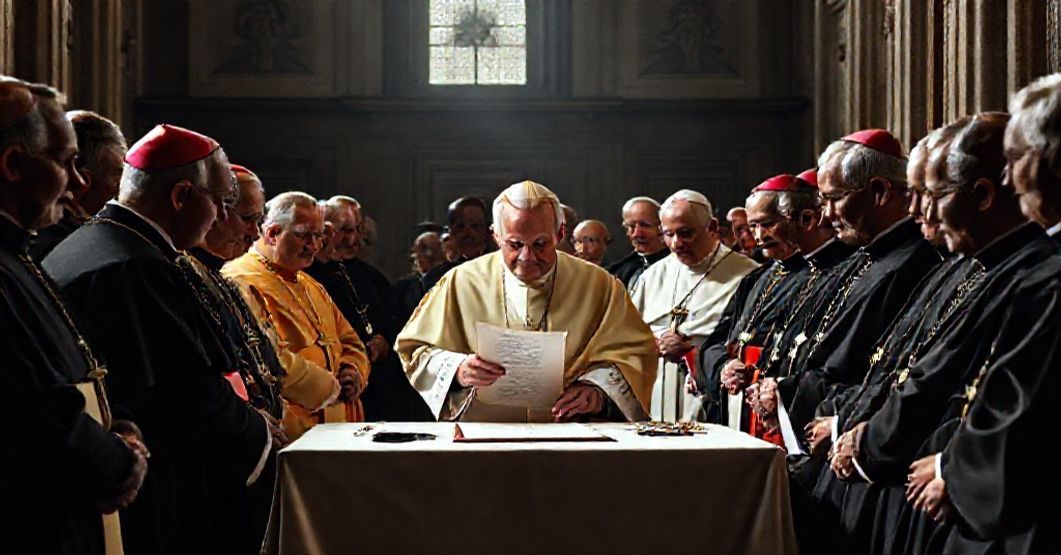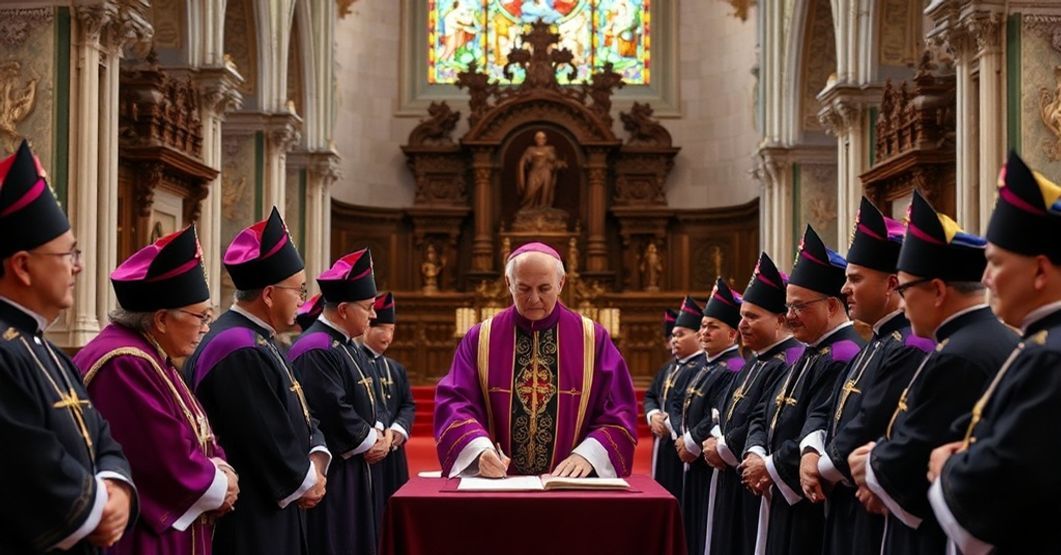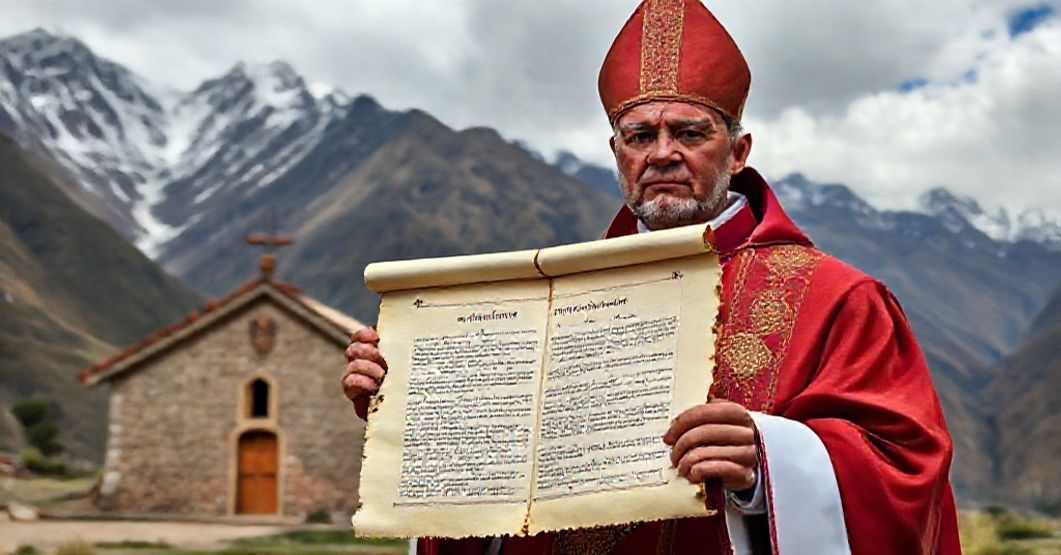Antipopes of the Antichurch



















Timeline of this heretical pontiff
Encyclical Letters
+ 15 posts1959
+ 7 posts1961
+ 4 posts1962
+ 2 posts1963
+ 2 postsApostolic Exhortations
+ 3 postsApostolic Constitutions
+ 93 posts1958
+ 6 posts1959
+ 87 postsMotu Proprio
+ 15 posts1958
+ 1 posts1959
+ 1 posts1962
+ 11 postsApostolic Letters
+ 151 posts1958
+ 4 posts1959
+ 63 posts1960
+ 78 posts1961
+ 1 posts1962
+ 4 posts1963
+ 1 postsSpeeches
+ 99 posts1958
+ 2 posts1959
+ 26 posts1960
+ 29 posts1961
+ 16 posts1962
+ 24 postsMessages
+ 6 posts1959
+ 4 postsHomilies
+ 4 postsLetters
+ 152 posts1958
+ 1 posts1959
+ 48 posts1960
+ 32 posts1961
+ 31 posts1962
+ 30 posts1963
+ 10 postsNot categorized
+ 1 posts1958
+ 1 postsNews feed


Humanae salutis (1961.12.25)
Ioannes Roncalli’s constitution “Humanae salutis” solemnly announces the convocation of Vatican II, presenting it as a supernatural response to modern crises, a “new Pentecost,” and a renewal of the Church’s presence in the modern world. Throughout, it glorifies contemporary “developments,” appeals to universal human aspirations, and frames the coming council as a pastoral aggiornamento intended to reconcile the Church with the conditions, structures, and sensibilities of the twentieth century, while claiming continuity with prior councils and the perennial magisterium. In reality, this text is the programmatic manifesto of the conciliar revolution: it inaugurates the subordination of the supernatural to the natural, the displacement of dogma by history and “signs of the times,” and the enthronement of the anthropocentric, ecumenical, laicist “neo-church” in place of the divinely instituted Mystical Body of Christ.


Rivi Nigri (1960.01.16)
At first glance, the constitution “Rivi Nigri” of 16 January 1960, issued by the usurper John XXIII, appears to be a routine territorial reorganisation: from the Archdiocese of Ribeirão Preto (Rivi Nigri) a group of municipalities is detached to erect a new diocese of São João da Boa Vista (“S. Ioannis in Brasilia”), with its see, cathedral status, chapter, seminary, and financial endowment juridically regulated according to the 1917 Code. It presents itself as pastoral solicitude, claiming imitation of Christ who “traversed towns and villages” and invoking the good of souls as the pretext for multiplying diocesan structures.


Chihuahuensis (1959.01.08)
The Latin text published under the name of John XXIII and titled “Chihuahuensis” decrees the erection of a collegiate chapter of canons in the metropolitan cathedral of Chihuahua: it specifies the number of canons and prebendaries, outlines their dignities (Archdeacon, Theologian, Penitentiary, Administrator), regulates choir obligations and external insignia, permits accumulation of benefices due to clergy shortage, subjects details of endowment and administration to future constitutions of the “sacred prelate,” and suppresses diocesan consultors once the chapter is established, all under a solemn juridical and ceremonial form.


CUSCHENSIS (SICUANENSIS) (1959.01.10)
The constitution published under the name of John XXIII on 10 January 1959, titled “CUSCHENSIS (SICUANENSIS)”, performs a purely juridical act: it detaches several provinces (Canchis, Canas, Espinar, Chumbivilcas) from the Archdiocese of Cuzco and erects from them a new territorial prelature nullius, Sicuani, defines its boundaries, assigns the cathedral church, its suffragan relation to Cuzco, prescribes a seminary, regulates the ascription of clergy and the temporal goods in accord with the 1917 Code, and entrusts execution to the papal nuncio.
Varia
Announcement:
– News feed –implemented
– Antipopes separate web sites with their all documents refutation – in progress
